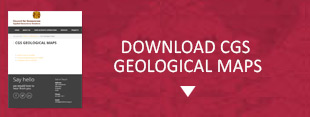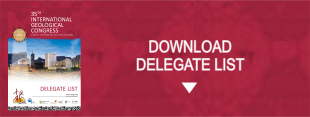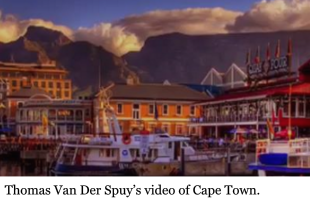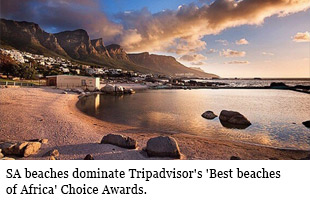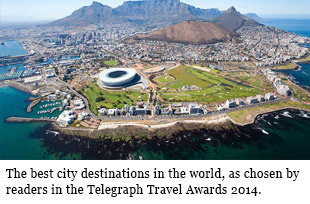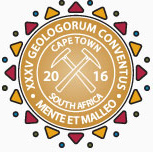
35TH INTERNATIONAL GEOLOGICAL CONGRESS
27 AUGUST - 4 SEPTEMBER 2016 | CAPE TOWN, SOUTH AFRICA
Sponsors
Keystone Sponsor


Diamond Sponsor


Gold Sponsor


Silver Sponsor



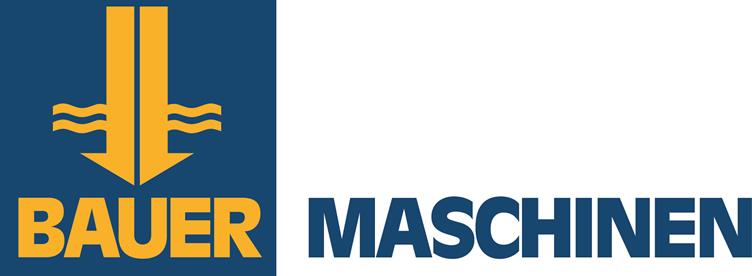




Business Centre Sponsor


Publication Sponsor




Social Function


Plenary Speaker Sponsor


Speaker Gift Sponsor


Post Graduate Fund


Registration


Welcome Drinks


Lunch Time Drinks


Publication &
35 IGC SAGPGF
35 IGC SAGPGF

35 IGC SAGPGF




MY IGC APP


Symposium Sponsor

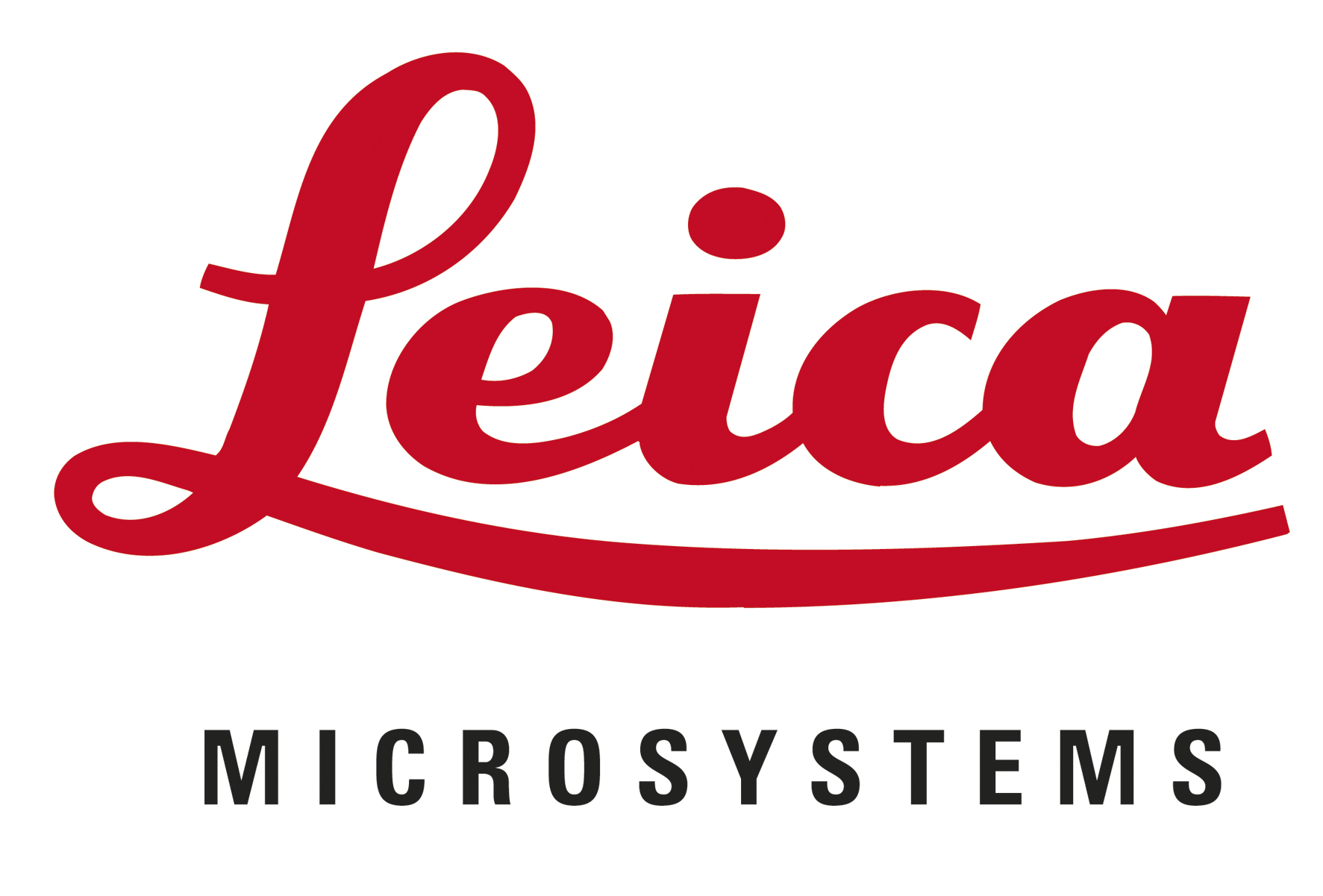


Audit Sponsor
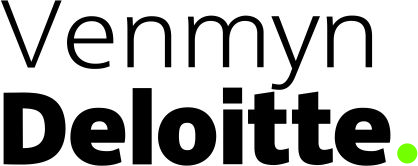

35TH INTERNATIONAL GEOLOGICAL CONGRESS
27 AUGUST - 4 SEPTEMBER 2016 | CAPE TOWN, SOUTH AFRICA
My IGC
Symposium Details
| Title | Description | Convenors |
|---|---|---|
| Sustainable use of the subsurface: the geology, engineering and environment of our underground asset | The subsurface is a dynamic environmental system influenced by the interaction of water, heat and man’s engineering activities. The urban built environment modifies the natural link between the surface and the subsurface by interacting and changing the surface drivers or by directly changing the structure of the subsurface. Although we consider the subsurface as a single resource, it may be subdivided into four resources relating to: construction space, geo-materials, groundwater and geothermal (Parriaux, 2007). It has long been recognized that the subsurface is a complex, scarce and valuable resource. With urbanization society is now becoming more reliant on using the subsurface for physical infrastructure (e.g. underground networks such as utilities & transport) and for the storage and containment of resources (energy & water) and waste (CO2 & Radioactive Waste), in order to provides the essential support to a well-functioning society. With this development comes increased pressure on space and resources and increasingly, underground development. Critical to accommodating this is a requirement for a good understanding of the subsurface beneath our feet and importantly how the ground will respond now and in the future to various events (e.g. climate change &/or increased urbanization). This symposia session will aim to bring together current thinking of the role the ground plays in providing a resilient underground resource, highlighting: (1) Current investigation techniques needed to achieve comprehensive understanding of ground-infrastructure interaction, examining the various technologies, techniques and issues that need to be considered (ideally through case studies); (2) Skills geoscientists use to characterize underground space for different purposes; (3) Impact underground development has on infrastructure, anthropogenic and natural geology; as well as how this could change in the future; (4) Role of regulation in managing underground space. It is intended that the session will drawn on a number of multi-million dollar international construction and research projects that currently are dealing with the use of the underground space, and highlight the role of geological, hydrogeological, geophysical and engineering geological aspects. | Helen Reeves, Ian Jefferson and Keith Turner |
 Field trips
Field trips  Sponsorship & expo
Sponsorship & expo  Registration
Registration Tours
Tours  Promotion
Promotion 

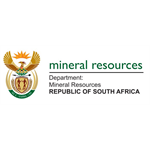












 Conference Programme
Conference Programme  Field trips
Field trips  Sponsorship & expo
Sponsorship & expo  Volunteer
Volunteer  GeoHost
GeoHost  Registration
Registration Tours
Tours  Promotion
Promotion  Publications
Publications


